It was a warm Saturday morning in Ahmedabad and about 15 to 20 people had gathered at CIIE, IIM-A for this closed-door-day-long session where people who’d been-there-done-that were coming in, at their cost, to share (Read ‘Discuss’) their journey and more importantly, engage into a meaningful conversation about problems faced by Product Startups and their solutions; mainly centred around Traction.

The first iSPIRT Playbook Round table of Ahmedabad, this was that happened on 11th June ’16 and was facilitated by That Being Practical Guy (Pravin Jadhav, Head of Growth at Freecharge) and Rushabh Mehta (Founder atERPnext).
Look up the agenda that we set out with here!
And, here’s the list of Startups that attended:
- CollegeBol: College Reviews; For Students, By Students
- MeraCRM: CRM for India
- Jolly Food Fellow: Making the food experience complete!
- Plexus MD: A network for Health-care Professionals
- MyTripKarma: Collective happiness of Stress-free Travel
- SalesHandy: DataAnalytics & Communication tools for Sales folks
- SalesMate.io: Intelligent CRM for smart sales team
- Hubilo: Transforming events into happening hubs
- Gridle: Productivity suite for teams & enterprises
Kicking off the day!
Pravin kicked the day off at 11 AM sharing some amazing insights into what it takes in building a product! Here are some highlights.
Atomic Unit
An Atomic unit of your product is that single functionality that is central to your product. For Twitter, it’s a ‘tweet’, ‘Post’ for Facebook and ‘a Transaction’ for Freecharge.
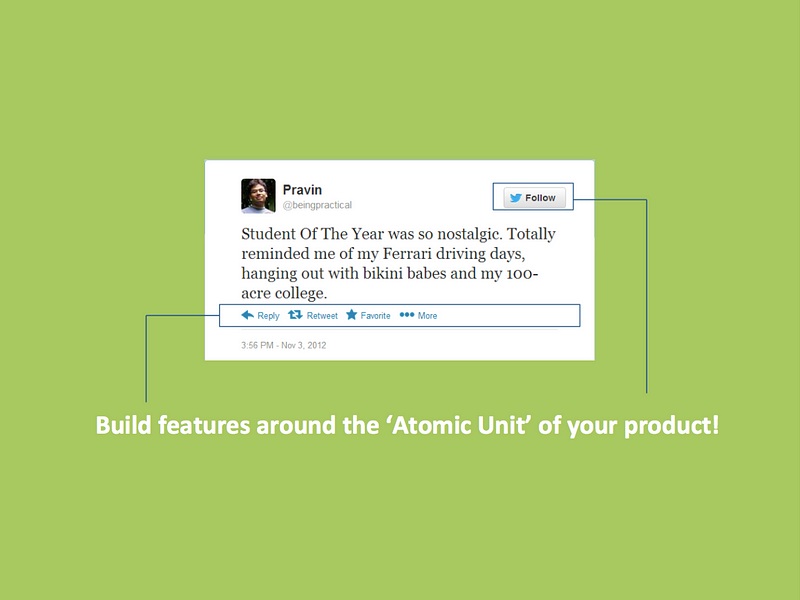
The benefit of identifying Atomic unit of your product is that it constraints you into thinking about 90% of your functionality (/perceived value) around that Atomic Unit of the product.
As an example, since a Tweet is atomic unit of Twitter, almost 90% of it’s functionality is built around:
- Creating a Tweet
- Distributing (/Curating) that tweet on Twitter (Retweet) and outside (Emedding)
- Favouriting & Replying to that tweet
So on and so forth. You get the point!
Clarity on what you are building..
Companies that have multiple founders, at an early stage, more often than not, have a different vision for the product. This makes it fairly important to have a short, crisp and simple vision at the start of the company itself.

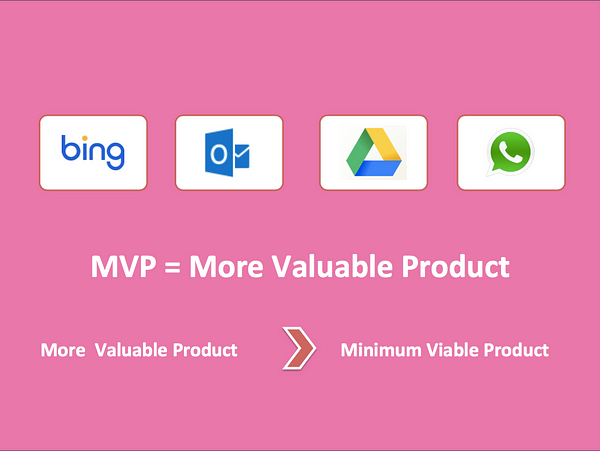
We did a small exercise where we were asked to come up with our 10 word pitch within 1 minute and guess what!
- Some companies couldn’t come up with something that short & crisp
- Some founders had different ideas about their product
More importantly, it was a bit awkward, struggling to come up with 10 words to define what we did in 1 minute even though we had been working on it for atleast a year of more.
MVP = More Value Product!
There are few companies around that are creating a different market altogether for themselves. Minimum Viable Products work there.
Most startups are trying to make existing processes and products incrementally innovative. One thing to make sure here, Pravin said, was that our MVP should provide more value than the existing solutions in the market. It could be lean, agile, bad UI in the early stages, but the product should indefinitely provide more value. That’s the only sure-fire way to find meaning in our existence.
In order to keep it minimal, if the value is reduced, you cannot test the assumptions that you’ve set out to prove.
ERPNext’s thoughts!
Rushabh Mehta then took over to share his demo and metrics at ERPNext. How they built the company out of their own need, why they chose to go open source and compelling ways to sell softwares to Businesses.
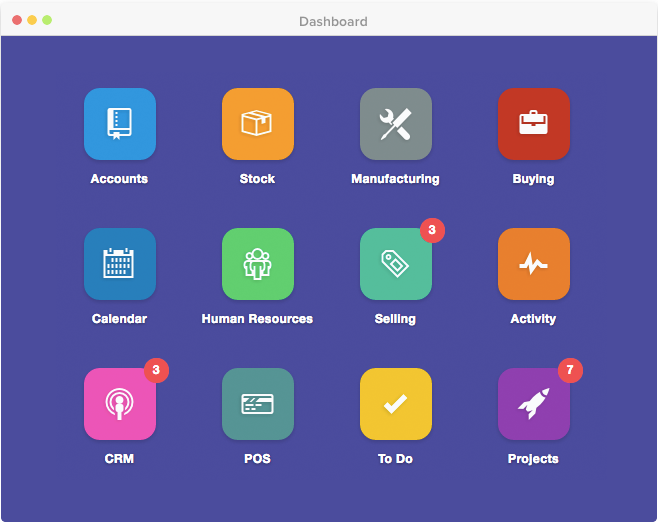
Every Software is B2C
Said Rushabh emphasising on the importance of design, User Interface and User Experience of any Software. We also spoke about acceptable metrics in SaaS cloud-based B2B industry and why everybody should talk about churn.
Startup Presentations
All the 9 startups then did a 10 min demo of their sign up and on boarding processes where one-on-one detailed feedback, constructive criticism and important flaws were pointed out.
Here’s a brief presentation of what we learnt from the demo-session.
It’s more indicative of the depth that the session facilitators went into each and every product & entrepreneur that was present.
Towards the evening..
Pravin took to the stage again and spoke about the Growth Framework at Freecharge. Presentation here.
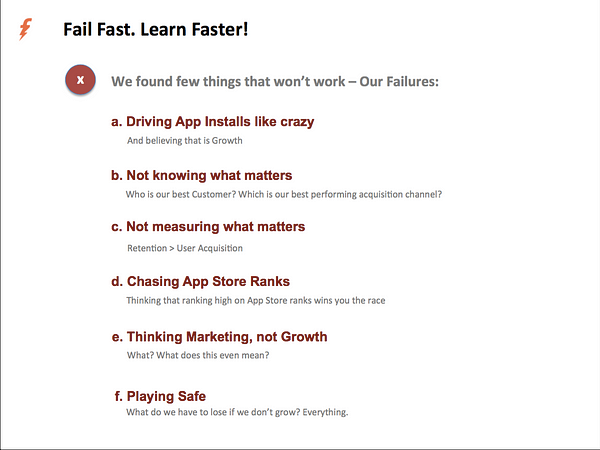
He shared some of the important lessons that he learn doing Growth Hacking at Freecharge. Apart from the 6 mentioned here, he also spoke about how there’s no one formula that fits all and how Growth hacking is more about quickly iterating to figure out what works best for the product. More importantly, the fact that with time, every Growth hack will lose it’s lustre and ability to bring in results.
Vanity Metrics
He shared an amazing slide as you can see below on the Vanity Metrics Vs. Real Metrics that every entrepreneur, startup and investor should understand and imbibe.

One of the very important things that he pointed out was that it was the founders job to make sure that Real metrics are measured in the company and that ROI on any marketing campaign is measured on the Real Metrics.
Do not Bullsh*t the guy in the mirror!
In Conclusion..
It was an amazingly well invested Saturday. Everyone present went home with a conclusive action point for their products.
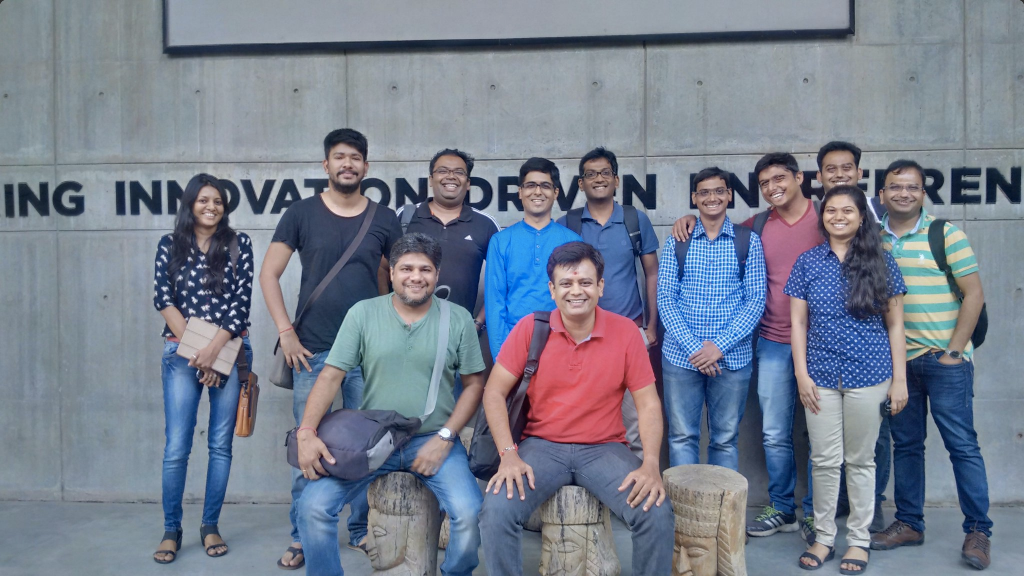
Thanks
- Of-course That Being Practical Guy and Rushabh Mehta for facilitating this round table.
- Avinash Raghava for making it all possible
- CIIE for allowing us to use the Seminar room for the day and
- Jolly Food Fellow for the refreshing tea during the day
Hoping to have you guys back soon!
Guest Post by Yash Shah, Gridle.in

